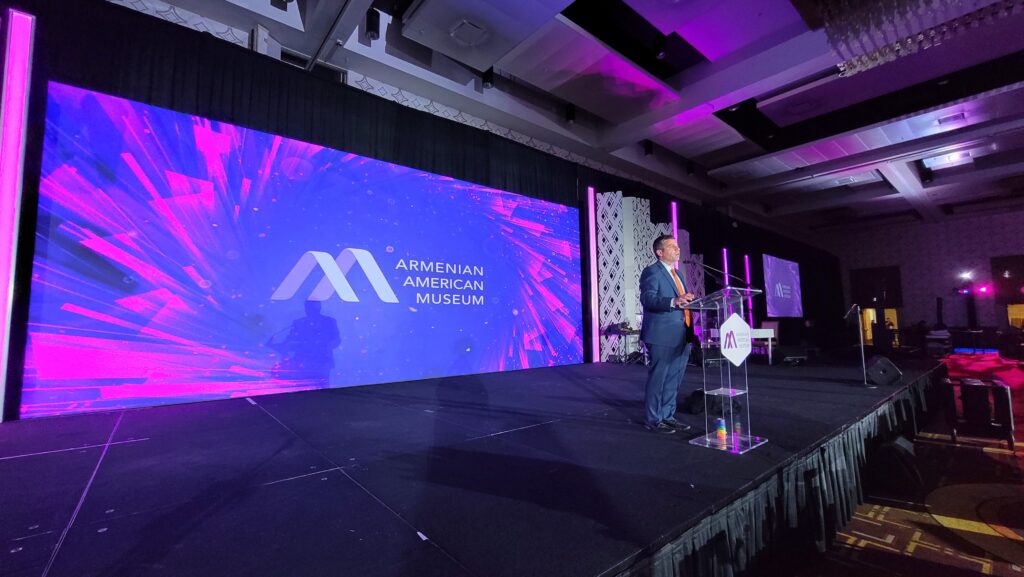Investigating The Way Definition Affects the Performance and Aesthetic Quality of Light Emitting Diode Screens in Modern Exhibition Technology
Investigating The Way Definition Affects the Performance and Aesthetic Quality of Light Emitting Diode Screens in Modern Exhibition Technology
Blog Article
LED walls are becoming more and more common in various settings, from musical events and sports events to corporate displays and creative installations. One of the key crucial factors that influence the performance and visual clarity of these screens is resolution. Image resolution denotes the quantity of picture elements that make up the image on the display. Increased image clarity means more pixels, which can result in sharper and clear images. Grasping how image clarity impacts LED screens can help users make informed decisions about their screen requirements.
When talking about resolution, it is crucial to take into account picture spacing, which is the gap between the center of one pixel to the center of the next picture element. A smaller pixel pitch results in a greater image clarity, enabling additional detail in the visuals shown. For instance, an LED screen with a pixel pitch of 1.5mm will offer a clearer visual than one with a picture spacing of 3mm. This is particularly important in environments where audiences are close to the display, such as in a small venue or a trade event booth. In these cases, a greater image clarity can significantly enhance the viewing quality.
Another factor of image clarity is its impact on hue precision and luminosity. LED walls with higher image clarity often have superior hue reproduction, indicating that the hues shown are more vibrant and realistic. This is essential for applications like marketing, where the goal is to attract attention and communicate a concept effectively. Additionally, higher image clarity screens can maintain brightness levels even when seen from various angles. This is crucial in big locations where audiences may be seated at different ranges and angles from the screen.
The functionality of LED screens is also influenced by resolution in terms of refresh rates and response durations. A greater image clarity screen can support quicker update frequencies, which is crucial for fast-moving material such as films and motion graphics. This indicates that the images on the screen will appear more fluid and increasingly seamless, improving the total observing quality. In contrast, lower resolution displays may struggle with fast-moving content, leading to fuzziness or delay. Therefore, for occasions that depend on dynamic images, selecting a display with a suitable resolution is critical.
In conclusion, image clarity plays a crucial role in defining the functionality and image quality of LED walls. Factors such as picture spacing, hue precision, luminosity, refresh rates, and response times all affect how efficiently a screen can communicate information and engage viewers. As advancements continues to progress, grasping these factors will help users select the right LED screen for their particular requirements, guaranteeing click resources that they achieve the optimal possible results in their displays and occasions.